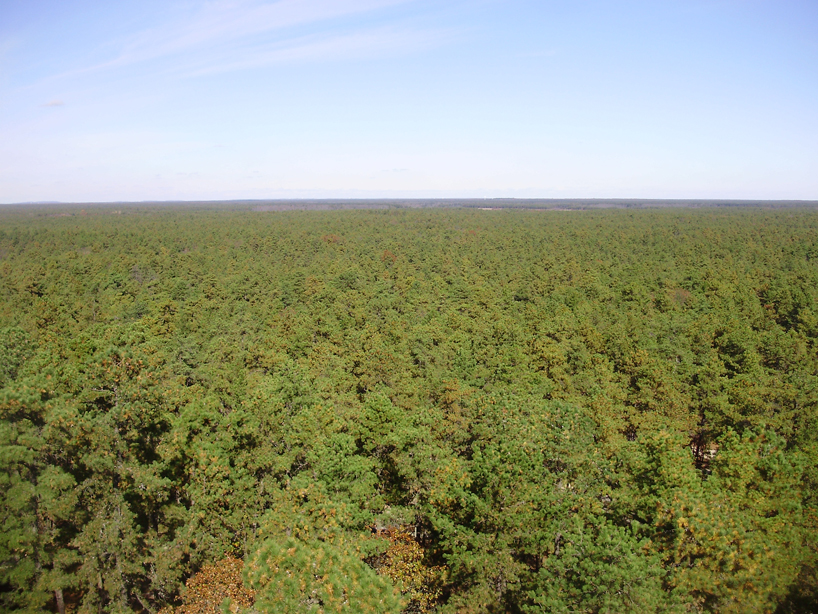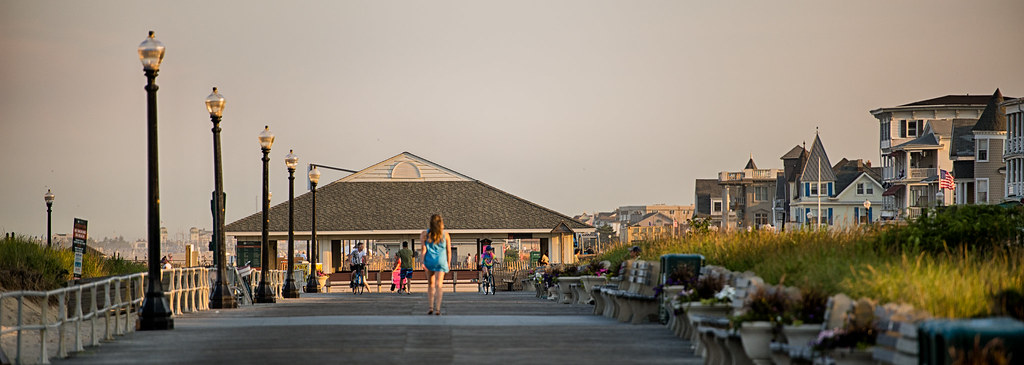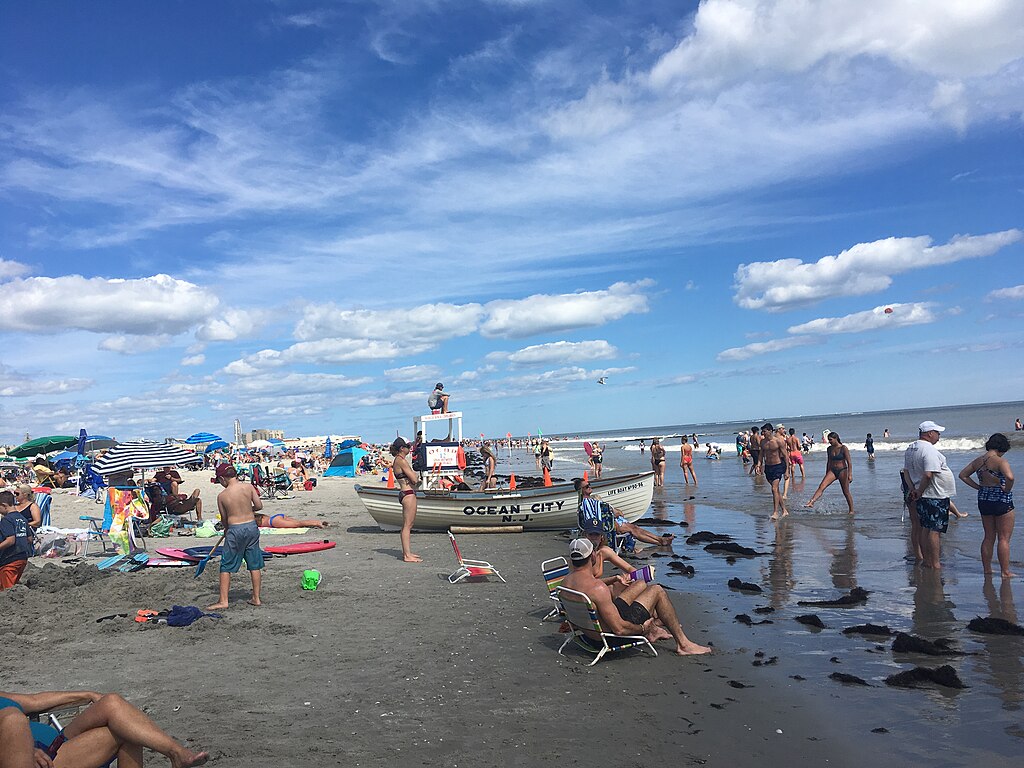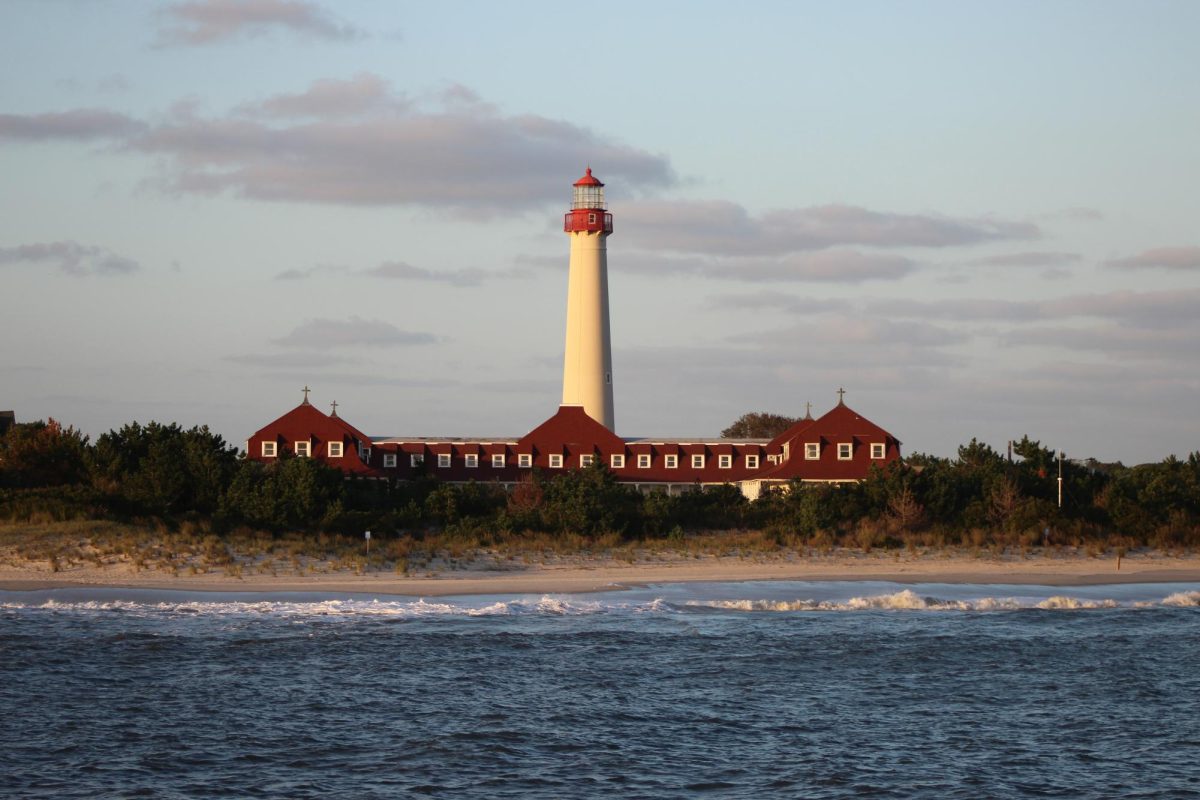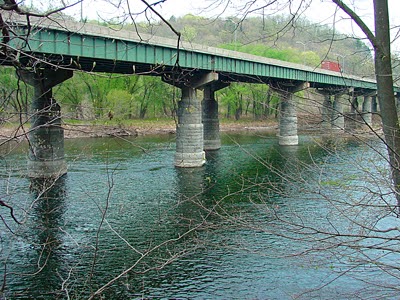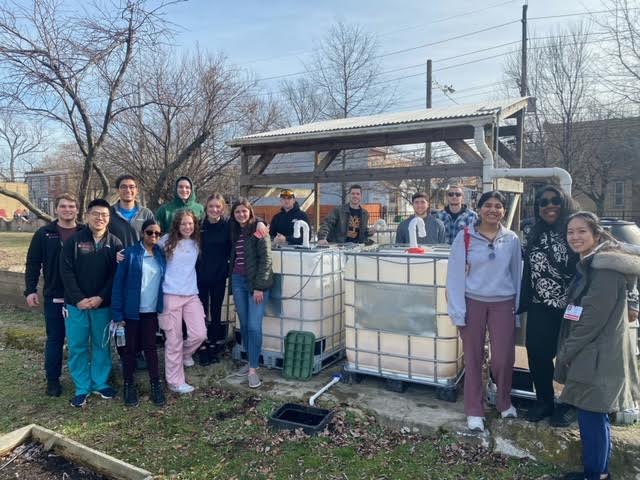By Bray’Jhon Wynn
Hurricane season is fast approaching and if this year is anything like last year, we’re in for a surprise and it won’t be a good one. According to Discover Magazine in 2020 there were nine storms that were severe enough to receive a name by Aug. 6, which is a milestone that doesn’t usually happen until early October. It was one of the busiest hurricane seasons in 22 years.
This year the hurricane season may be even busier than last year.
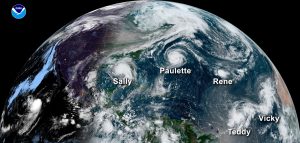
“As the planet continues to warm, and ocean waters continue to have higher temperatures capable of fueling hurricanes, it is reasonable to expect that we might see either more storms or more intense storms in a warmer climate,” said Andra Garner, an environmental scientist studying climate change and hurricane flooding at Rowan University.
In an article posted by nrdc.org, the earth’s ocean has absorbed more than 90% of the extra heat generated by man-made global warming which essentially raises the temperature of the surface of the sea. The rise of the temperature is what fuels hurricanes and results in an increase of energy which allows hurricanes to pack a bigger punch.
“Hurricanes essentially exist because they help to balance our planet’s energy budget,” Garner said. “Earth tends to have a surplus of energy near the equator/tropics, where we get the most sunlight throughout the year, and a deficit of energy at the poles, where the least amount and least intensity of sunlight is found.
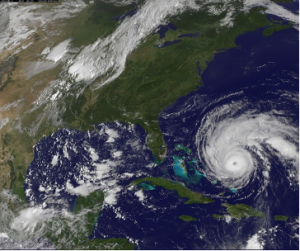
“Hurricanes begin in the tropics and are fueled by the evaporation of warm ocean waters” she added. “When hurricanes transport that energy to higher latitudes, they are helping to balance Earth’s energy budget.”
Another factor related to hurricanes is sea level rise. The melting of glaciers and ice sheets cause sea levels to rise which essentially adds water for hurricanes to use.
In an article posted by msn.com NHC Storm Surge team lead Jamie Rhome said, “Morality from hurricanes, over the last several decades, water is the No. 1 killer. About 50% of the lives lost, historically, storm surge. Three out of four direct fatalities in a hurricane come at the hand of water, not wind.”
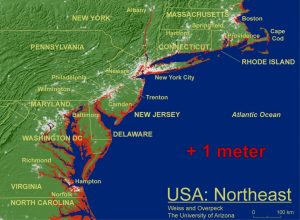
Although sea level rise is factored in to hurricanes it doesn’t necessarily have much correlation to the storms itself.
“Sea-level rise is not necessarily related to hurricanes themselves, but it is closely related to the impacts that our coastal communities face from hurricanes,” Garner said. “One of the most deadly and economically damaging impacts of hurricanes is flooding, particularly flooding associated with storm surge—that is, ocean waters being driven ashore by the storm, and reaching levels beyond their usual high tide.

“As you might imagine, if we have higher sea-levels, we can expect that flooding to be worse,” she said. “As an example, some of my own work has looked at how rising sea-levels have caused hurricane flooding in New York City to become worse over time. What we’ve found is that, prior to the year 1800, when sea levels were lower, a 2.25 m flood (about 7.4 feet) occurred, on average, about once every 500 years.
“With modern sea-levels,” she added, “we could expect that kind of flood to occur about once every 25 years. And within the next 30 years or so, as sea-levels continue to rise, we could expect such a flood to happen as frequently as every 5 years (on average).”
With all of these factors seemingly getting worse by the day it’s possible to see strong hurricanes to occur more often.



